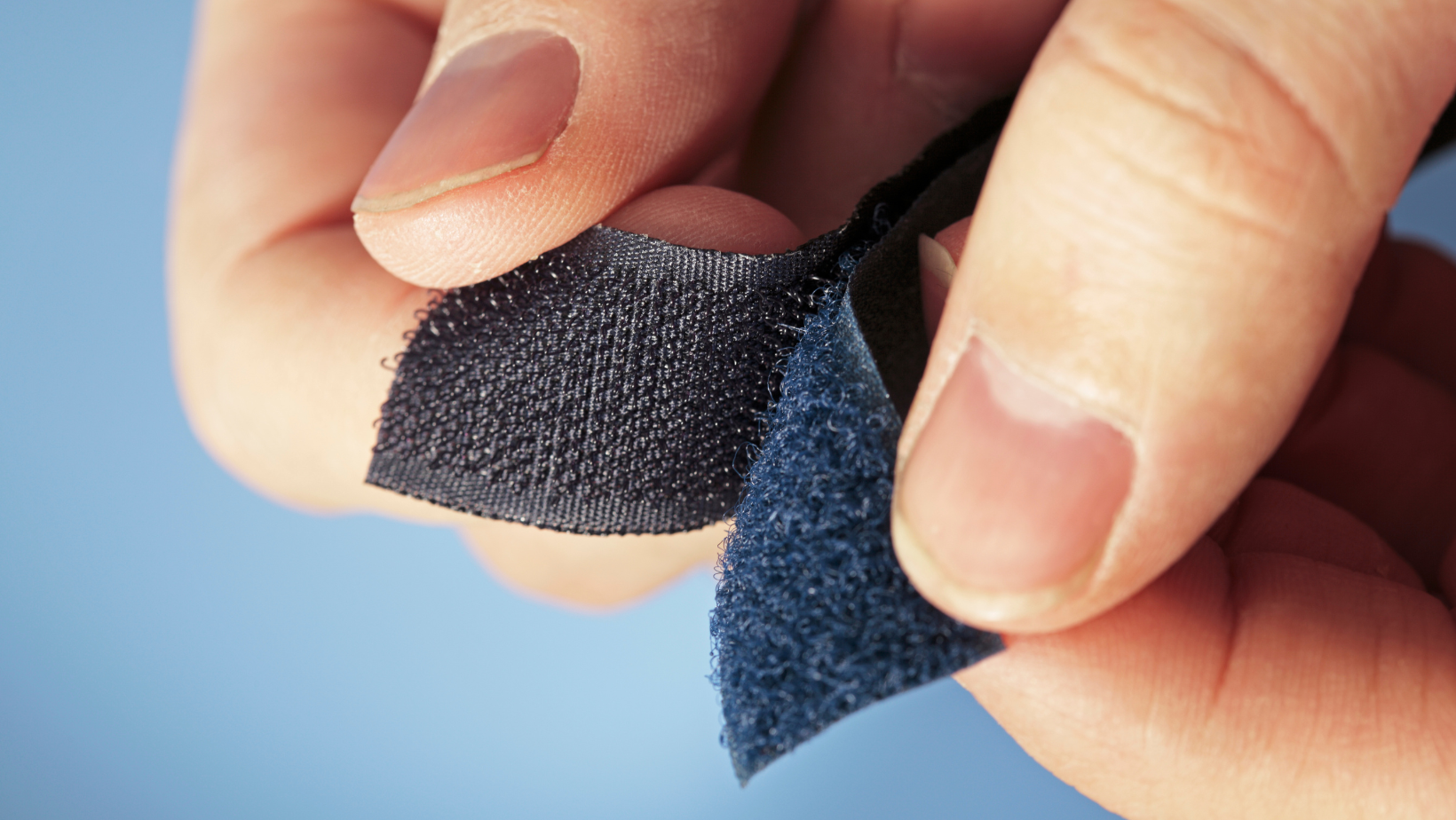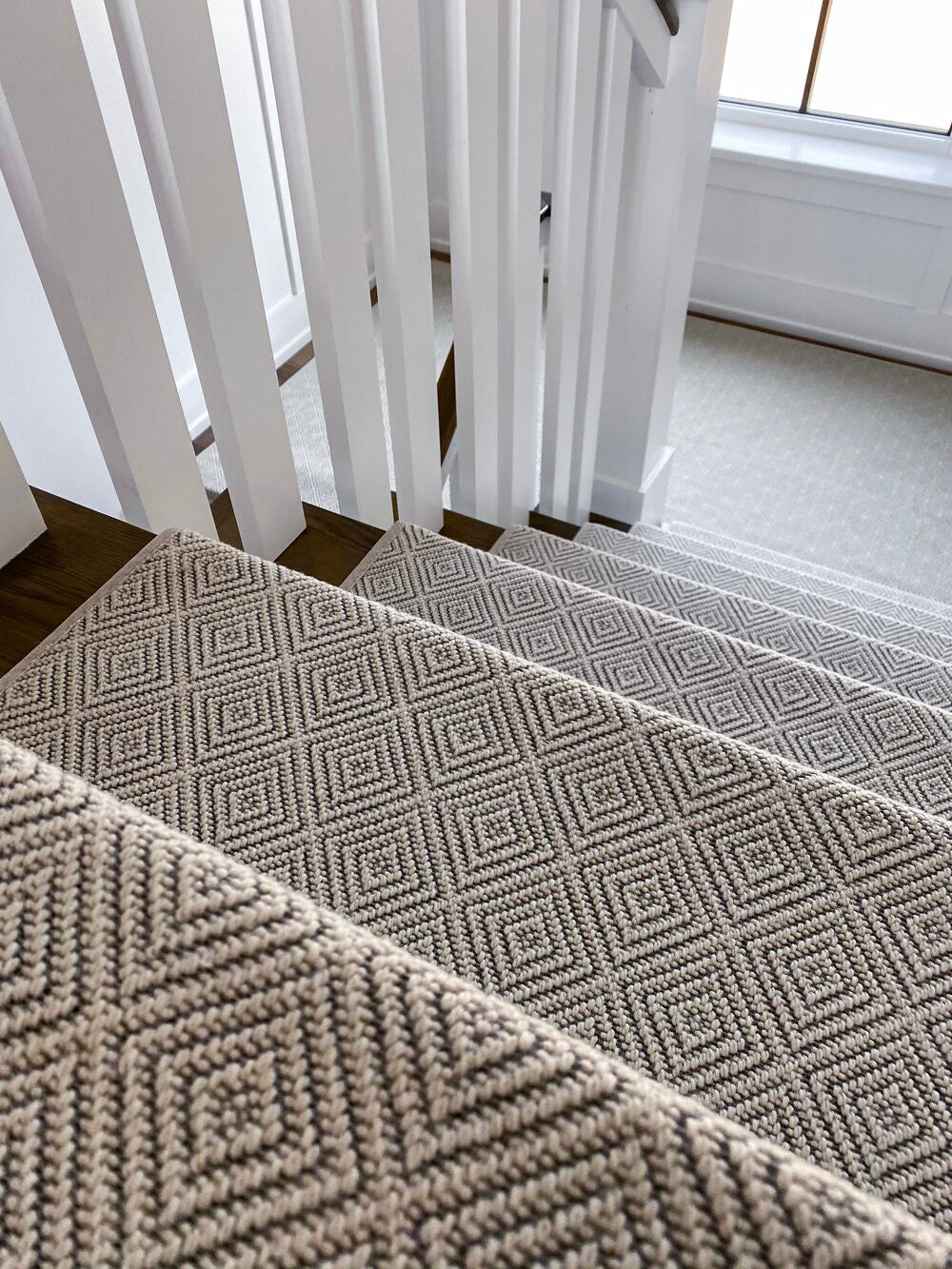Slippery stairs can be dangerous, but making your own non-slip stair treads is a simple and effective solution.
If you're wondering how to make your own non-slip stair treads, the process involves choosing the right materials, measuring and cutting them to fit your stairs, and securing them in place to improve traction.
Whether you opt for rubber, anti-slip coatings, or carpet stair treads, this guide will walk you through the best materials, techniques, and installation methods to enhance safety while maintaining your home's aesthetic.
Why Non-Slip Stair Treads Are Essential
Every year, thousands of people suffer from slip-and-fall accidents, many of which occur on stairs.
Stair-related injuries can be serious, resulting in sprains, fractures, or even head trauma.
This is particularly concerning for households with young children, elderly family members, or pets.
Installing non-slip stair treads is one of the easiest ways to prevent these accidents.
These treads improve traction, making it less likely for someone to slip on polished wood, tile, or other smooth stair surfaces.
They also protect your stair material from wear and tear, reducing scuff marks and scratches over time.
Additionally, non-slip stair treads offer several other benefits:
-
Comfort: Carpeted or cushioned treads add softness underfoot, making stairs more comfortable to walk on, especially in bare feet.
-
Noise Reduction: Carpet stair treads and rubber treads absorb sound, reducing noise from foot traffic.
-
Enhanced Aesthetics: Non-slip treads come in various styles, colors, and materials, allowing homeowners to enhance their home’s décor while ensuring safety.
-
Increased Home Value: Stylish and functional stairs can enhance a home's appeal to potential buyers, making it a great investment for resale purposes.
Choosing the Right Material for Your Non-Slip Stair Treads
Before making your non-slip stair treads, you’ll need to select the best material for your needs.
The right choice depends on factors such as foot traffic, durability, and maintenance requirements.
Below are some of the best materials for non-slip stair treads:
1. Carpet Stair Treads
Carpet stair treads are one of the most popular options because they combine safety and style.
The texture of carpet naturally provides grip, reducing the chances of slipping.
-
Pros: Soft, stylish, and provides excellent traction.
-
Cons: Requires regular maintenance and may collect dirt over time.
-
Best for: Homes with children and pets, as the cushioned surface prevents injuries.
2. Rubber Stair Treads
Rubber stair treads are highly durable and perfect for both indoor and outdoor use.
They are naturally slip-resistant and offer great traction in high-traffic areas.
-
Pros: Durable, easy to clean, and slip-resistant.
-
Cons: Industrial appearance may not suit all home styles.
-
Best for: Outdoor stairs, commercial spaces, or homes with heavy foot traffic.
3. Wood with Anti-Slip Coating
Wooden stairs are visually appealing but can be extremely slippery.
Adding an anti-slip coating helps improve grip while maintaining the aesthetic charm of wood.
-
Pros: Maintains a natural wood look while improving grip.
-
Cons: Requires frequent refinishing and can wear over time.
-
Best for: Homes with traditional or rustic designs that want to maintain a natural wood aesthetic.
4. Textured Vinyl Stair Treads
Textured vinyl stair treads are a budget-friendly option that provides a balance of style and functionality.
They come in various designs and can be easily installed.
-
Pros: Affordable, customizable, and slip-resistant.
-
Cons: Less durable than rubber or wood.
-
Best for: Homeowners looking for a quick and cost-effective solution.
Step-by-Step Guide to Making Your Own Non-Slip Stair Treads
Step 1: Measure and Cut
Before installing stair treads, accurate measurements are crucial to ensure a perfect fit.
Use a measuring tape to determine the width and depth of each stair tread.
If you’re using carpet or rubber, add extra material to allow for secure adhesion.
-
Use a straight edge and utility knife to cut your chosen material precisely.
-
If working with wood, use a saw to cut the material to size.
Step 2: Add a Textured Surface
Once you have the correct measurements, it’s time to add texture to improve grip.
-
For wood treads: Apply non-slip adhesive strips, specialized anti-slip paint, or fine-grit sandpaper strips.
-
For carpet treads: Choose materials with built-in texture for enhanced grip.
-
For rubber or vinyl: Select designs with ridges or grooves for added traction.
Step 3: Secure the Treads
The final step is securing the treads in place to prevent shifting or movement.
-
Carpet: Attach using double-sided carpet tape, tacks, or adhesive to ensure a secure fit.
-
Rubber/Vinyl: Use a strong adhesive or nails to keep the treads firmly in place.
-
Wood: Apply an anti-slip coating and allow it to dry before use.
Making Your Own Stair Tread Covers
If you want a removable, stylish, and functional solution, stair tread covers are an excellent choice.
These covers add an extra layer of safety while allowing for easy maintenance and cleaning.
Step 1: Select a Fabric or Material
Choose a durable fabric such as heavy-duty carpet, synthetic fiber, or rubber that matches your home’s interior design.
Step 2: Cut and Fit
-
Measure and cut the fabric to fully cover the existing treads.
-
Leave enough material to wrap around the edges for a polished and secure look.
Step 3: Attach Securely
Use carpet tacks, adhesive, or double-sided tape to secure the covers.
Ensure they are smooth, flat, and free of trip hazards.
Additional Non-Slip Stair Options
For those who prefer ready-made solutions, the following options provide quick and effective non-slip enhancements:
-
Anti-Slip Tape: Available in various colors and transparencies, anti-slip tape is a fast and cost-effective way to improve traction.
-
Anti-Slip Paint: Special anti-slip paint contains textured additives to increase grip while maintaining a sleek appearance.
-
Rubber Mats: Specially designed rubber stair mats can be cut to size and secured in place with adhesive for instant non-slip functionality.
How to Make Your Own Stair Risers
If you're already improving your staircase with non-slip stair treads, you might also consider upgrading the look and safety of your stairs by learning how to make your own stair risers.
Stair risers are the vertical boards that sit between each step, and customizing them can enhance both the style and durability of your staircase.
Step 1: Choose the Right Material
The material you select for your stair risers depends on your budget and the overall design of your home.
Common options include:
-
Wood: Classic and durable, ideal for traditional or rustic staircases.
-
MDF (Medium Density Fiberboard): Affordable and easy to paint, great for modern interiors.
-
Plywood: A budget-friendly option that can be stained or painted for a custom look.
Step 2: Measure and Cut Your Risers
-
Use a measuring tape to determine the height and width of each stair riser.
-
Cut each piece of material precisely using a circular saw or table saw.
-
Sand the edges to ensure a smooth, professional finish.
Step 3: Install the Stair Risers
-
Secure the risers in place using construction adhesive or screws.
-
If using screws, countersink them slightly and cover them with wood filler for a seamless look.
-
Double-check that each riser is level before moving to the next step.
Step 4: Finish and Customize
-
Apply paint or stain to match your staircase design.
-
Add decorative trim for a more elegant appearance.
-
If desired, install vinyl or tile overlays for a unique, slip-resistant surface.
By learning how to make your own stair risers, you can give your staircase a complete makeover while improving safety and aesthetics.
Pairing custom risers with non-slip stair treads ensures your stairs are both stylish and secure.
Stepping It Up
Making your own non-slip stair treads is an excellent way to improve home safety while maintaining the beauty of your staircase.
By choosing the right materials and following proper installation techniques, you can create a safer living environment for your family and pets.
For those looking for a hassle-free solution, Oak Valley Designs offers high-quality pre-made carpet stair treads.
Our stair treads combine safety and elegance, making them the perfect addition to any home.
Ready to upgrade your staircase? Contact us today!
-
Website: https://oakvalleydesigns.com/
-
Phone: (706) 331-0315
-
Email: info@oakvalleydesigns.com
-
Address: 30 River Ct SW Bldg E, Cartersville, GA 30120



